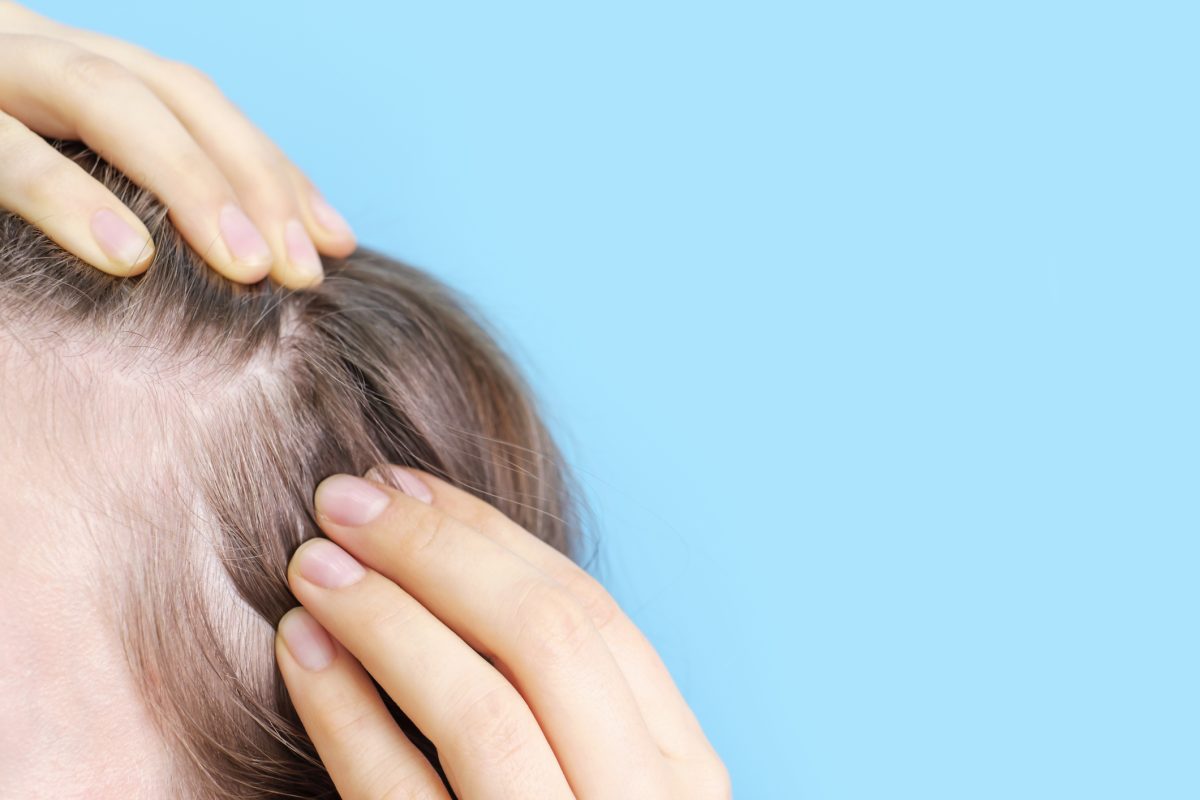Compared to health issues, losing your hair may not seem like a big deal, but it can be quite distressing, especially for women, for whom going bald is far less socially acceptable than it is for men.
Until now, inherited baldness (which accounts for most cases) has been treated with drugs that carry some serious side effects.
But now science has accidentally discovered a much simpler and safer remedy…
Inherited hair loss: androgenic alopecia
Almost all men and women will notice hair loss or hair thinning as they age. However, up to 40% of men and women will experience a more obvious form of this condition, with hair loss typically beginning as early as their twenties and thirties — and for women, after menopause.
This condition is known as androgenic alopecia or male pattern baldness. It’s caused by a combination of genetics, hormone levels, and the aging process. In women, it’s known as female pattern baldness.
Is this why I’m losing my hair?
It’s easy to distinguish androgenic alopecia from more normal hair loss (we normally lose 50 to 100 hairs a day).
Pattern baldness, as the name implies, follows distinct patterns that are different for men and women.
In men, hair loss will follow one of three patterns:
- begins at the temples and/or crown of the head
- a single bald spot
- a receding hairline that forms an “M” shape
In women, thinning begins at the part line, sometimes appearing all over the head. Hair at the temples may also recede.
Treatments for alopecia
Two drugs are used to treat pattern baldness.
Minoxidil is FDA-approved for both men and women. To use Minoxidil, apply it to your scalp every day. Though it won’t fully restore the hair you’ve lost, it can grow back a significant amount, and give an overall thicker appearance.
Propecia is only FDA-approved for men. Used consistently, it slows down hair loss and thickens hair within about three months.
Unfortunately, both these drugs carry side effects.
When using minoxidil, you could experience weight gain, tachycardia (fast heartbeat), headaches, fluid retention, and dizziness. Propecia can cause decreased libido and erectile dysfunction, depression, even male breast cancer.
In addition, if you stop using them, the hair loss will resume.
But now, researchers have stumbled on what may be a simple, safe way to treat pattern baldness.
An unexpected discovery for hair loss treatments
While studying the natural sugar deoxyribose (the ‘deoxyribose’ part of deoxyribonucleic acid, or DNA) and how it healed wounds in mice when applied topically, scientists noticed that the fur around the treated wounds was growing back faster than in untreated mice.
So, they dug a little deeper.
They removed the fur from the backs of male mice with testosterone-driven hair loss and smeared some deoxyribose sugar gel daily on the shaved areas. Sure enough, within weeks there was robust hair regrowth in those areas.
In fact, the researchers found that it worked just as well as minoxidil!
“Our research suggests that the answer to treating hair loss might be as simple as using a naturally occurring deoxyribose sugar to boost the blood supply to the hair follicles to encourage hair growth,” says tissue engineer Sheila MacNeil from the University of Sheffield.
Further investigation is planned on female mice to determine its effectiveness — and it may be a while before it turns into a product we can put to use. But it’s looking hopeful that stopping and reversing hair loss is going to become a lot safer.
When I hear about the results, I’ll report them here, so stay tuned.
In the meantime, there are some reports and small studies that indicate honey is great for healthy hair and may even promote hair growth. There are honey-based hair products already on the market. Avoid applying actual honey to your scalp, unless very diluted. Honey is sometimes used as an alternative to wax for hair removal since it’s super sticky.
Sources:
Surprise Hair Loss Breakthrough: Sugar Gel Triggers Robust Regrowth — Science Alert
Stimulation of hair regrowth in an animal model of androgenic alopecia using 2-deoxy-D-ribose — Frontiers in Pharmacology
Hereditary-patterned baldness — Harvard Health Publishing
Read full article here





